India Experiences
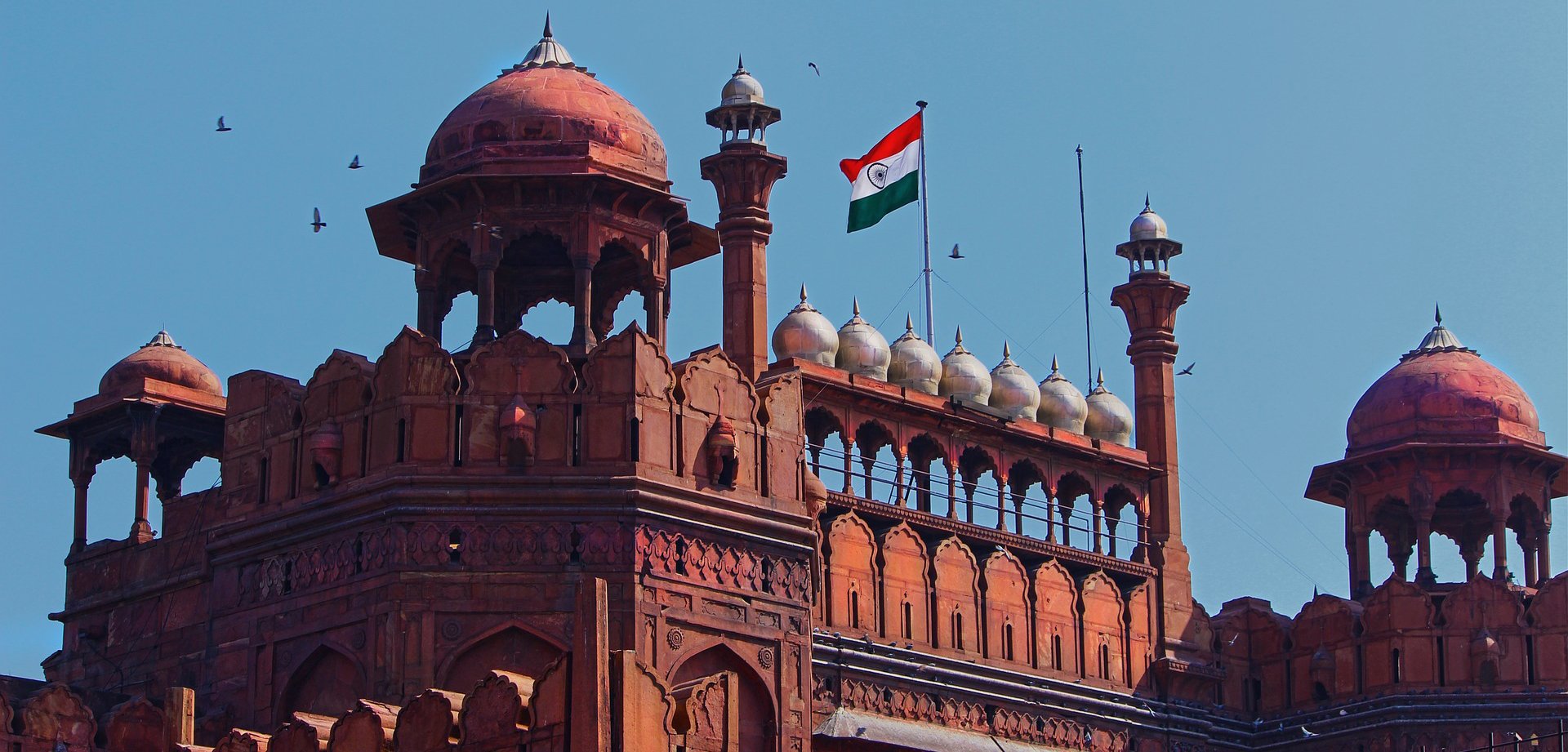
Delhi
The city of Delhi has two sections: Old Delhi and New Delhi. The 17th century walled city of Shahjahanabad is in Old Delhi. Top attractions include the Red Fort, residence of the Mughal Emperors for nearly 200 years, it remains an impressive testimony to their grandeur; Chandni Chowk, the old marketplace, now a picturesque bazaar; and the Raj Ghat with its memorial to Mahatma Gandhi. New Delhi is the capital of India. As you travel down the broad avenue, Rajpath, see the Parliament House, Rashtrapati Bhawan (Presidential Palace) and India Gate with its Eternal Flame. Visit Humayun’s Tomb, architecturally the forerunner of the Taj Mahal; Qutab Minar, a soaring 238 ft stone pillar built in the 12th century; Quwwat-Ul Islam mosque, the first mosque to be built in India and the Birla Temple, a Hindu temple built in 1939.
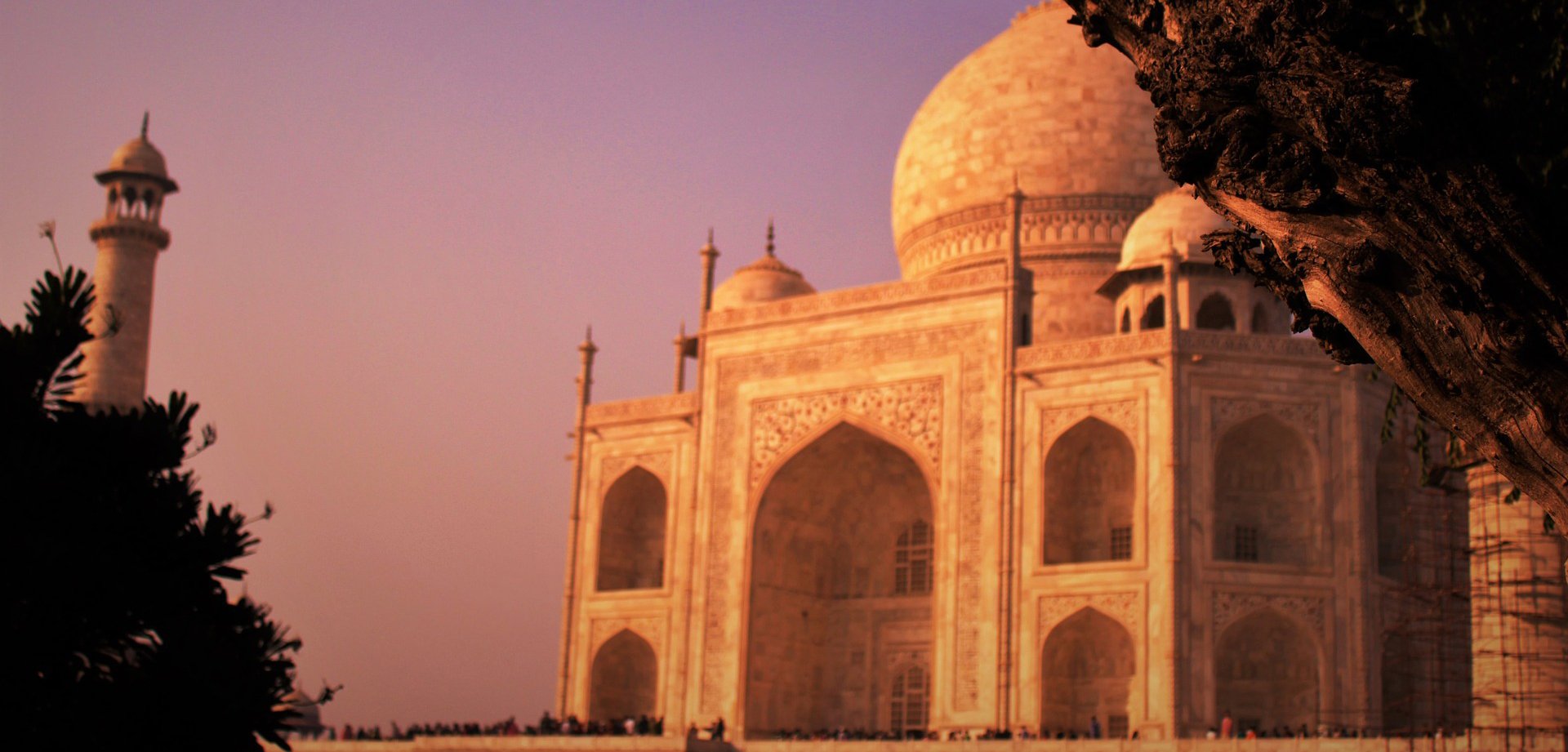
Agra
Agra is a beautiful mix of traditional and modern culture. Visit the historical Agra Fort, built by Emperor Akbar in the 16th century. Within the Fort, you will find many fairy tale palaces, audience halls, and two beautiful mosques. The Mughal Emperor, Shah Jahan built the Taj Mahal in memory of his beloved wife, Mumtaz Mahal. It is regarded as one of the most impressive architectural masterpieces in the world and a symbol of the rich cultural heritage of India. Travel to the left bank of the Yamuna River to visit the garden complex, Mehtab Bagh. Arrive early to watch the sunrise over the Taj Mahal. Both the Agra Fort and the Taj Mahal are UNESCO World Heritage sites.On the outskirts of Agra, visit the abandoned city of Fatehpur Sikri, a masterpiece of Muslim, Jain, and Hindu architecture. Built in 1571 by Emperor Akbar, the many halls and palaces in this UNESCO World Heritage site are in a well-preserved state.
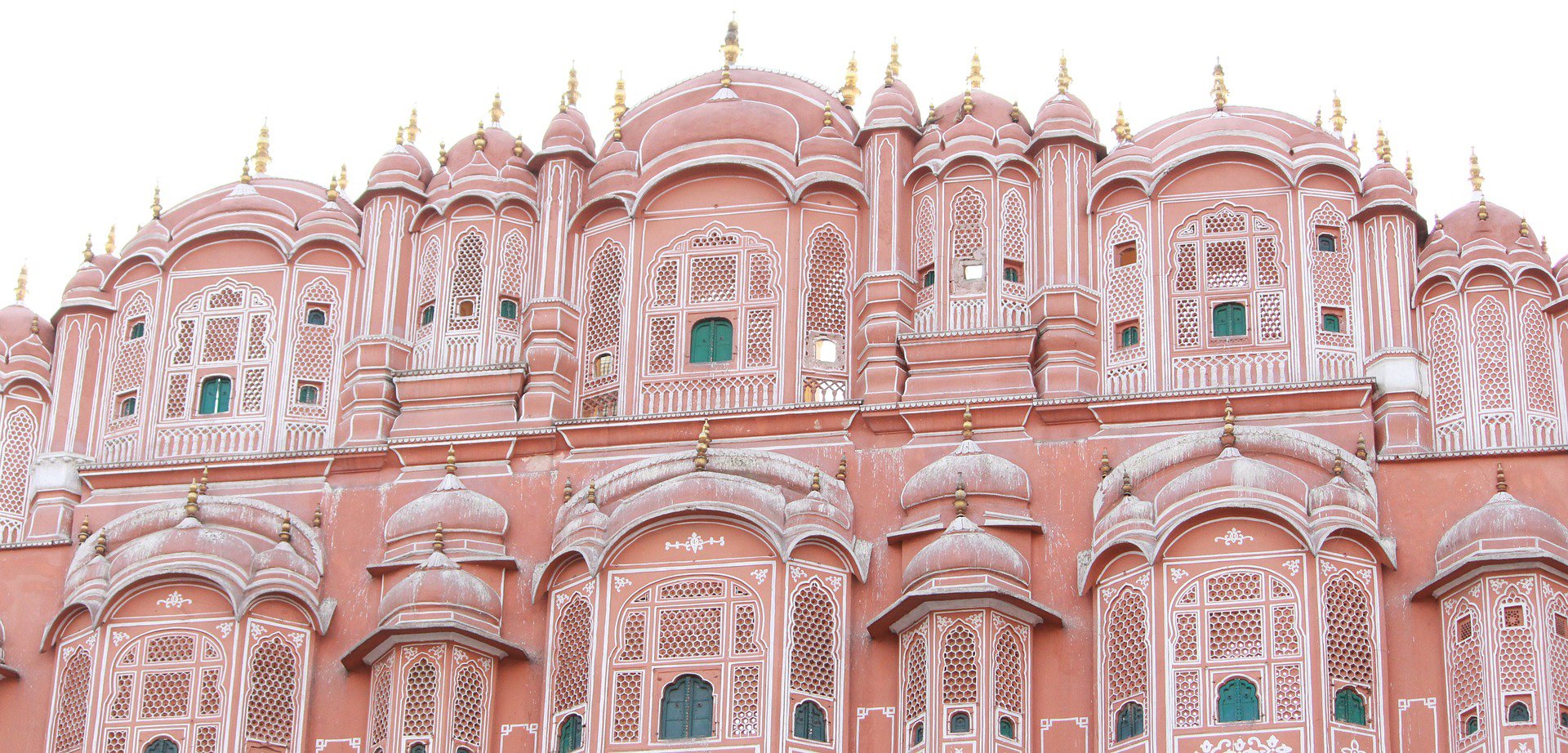
Jaipur
Jaipur is one of the most romantic and magnificent cities in India. Nicknamed the Pink City, the colored hues of the city, its uniformity, symmetry, beauty, and grandeur make it a gem to visit. Visit Hawa Mahal, also known as the "Palace of Winds". It allowed the ladies, who observed “pardah”, to be able to watch any activities on the street without being seen by the public. City Palace has latticed balconies, tiny windows, cupolas, courtyards, and arched entrances. Marvel at the UNESCO World Heritage Site, Jantar Mantar. Built in the early 18th century, it was designed for the observation of astronomical positions with the naked eye. Visit the mountain fortress of Amber, a superb example of Rajput architecture with its complex of palaces, temples, and ornate apartments. It combines immense fortifications with unexpected beauty and charm.

Varanasi
Varanasi, one of the oldest inhabited cities of the world prides itself with a recorded history of over 5000 years. This city is sacred to Hindus, who believe that dying in Varanasi brings them closer to salvation. The icon image of Varanasi is the pilgrims set against the backdrop of the River Ganges and the centuries old temples. In the early morning, enjoy the sunrise on the Ganges River with a boat ride. Take a walking tour of the old city through the courtyards of silk weavers, alleys, and local markets. Do not miss the traditional Aarti ceremony that is performed every evening at dusk. Fire is offered to Lord Shiva and the Ganges River. As the Aarti comes to an end, the priests and participants offer flowers and floating lamps to the Ganges. Outside of the city, is the pilgrimage site of Sarnath. Revered as the site where Lord Buddha had delivered his first sermon after attaining enlightenment, Sarnath is one of the four most important Buddhist pilgrimage destinations in India.
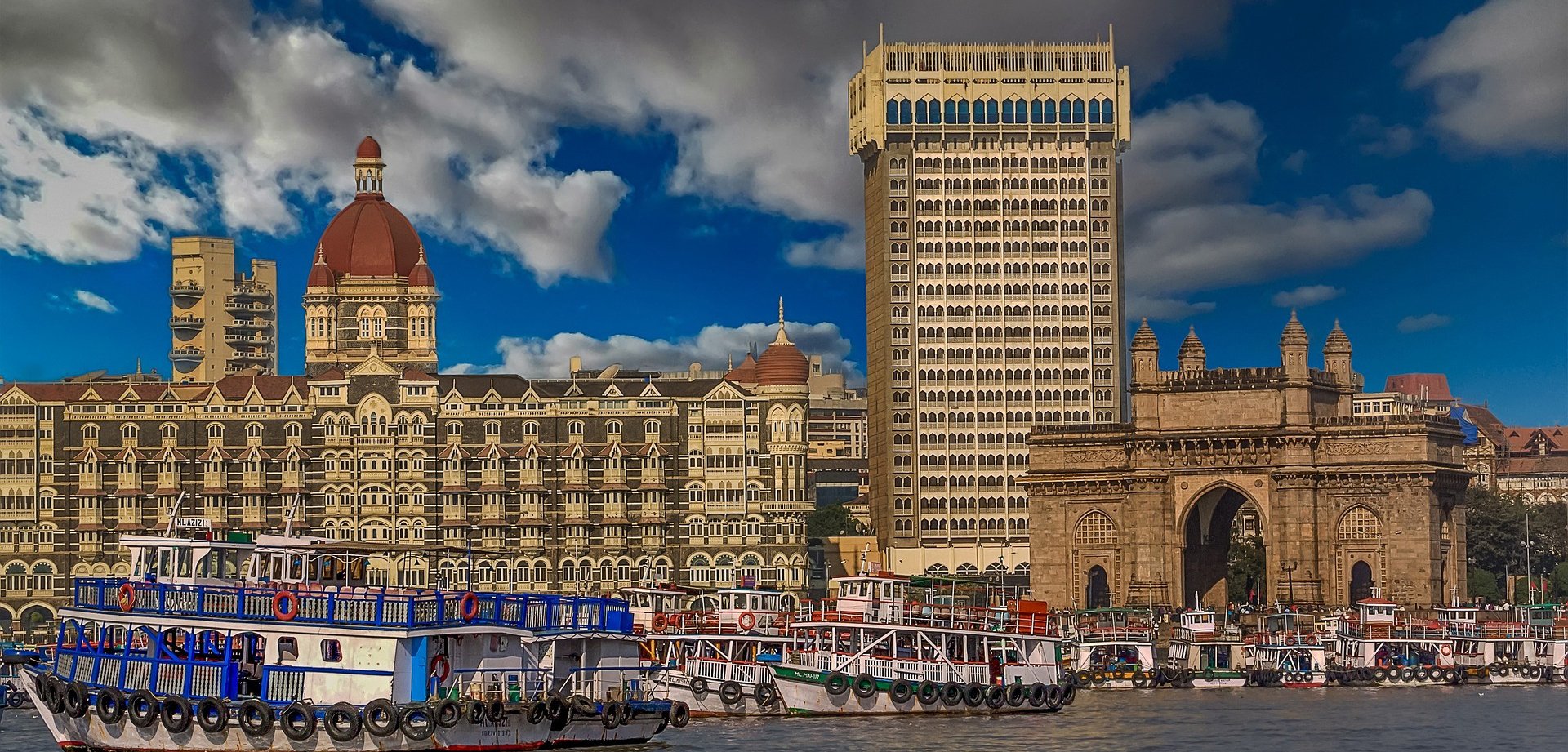
Mumbai
The financial capital of India, Mumbai, is also the most populous city and its wealthiest. Known for its Bollywood industry, the city is home to one of the finest railway stations of India, a mosque that appears to stand in the middle of the sea and an historic Gateway on the waterfront. Top attractions include the UNESCO listed Victoria Terminus, the iconic Gateway of India, Marine Drive, the 200-year-old Babulnath Temple, and the 14th century Haji Ali mosque. Just off the 6 miles off the coast is the UNESCO World Heritage site of Elephanta Caves. These caves contain a collection of temples, sculptures, and rock art dedicated to the Hindu God, Shiva.
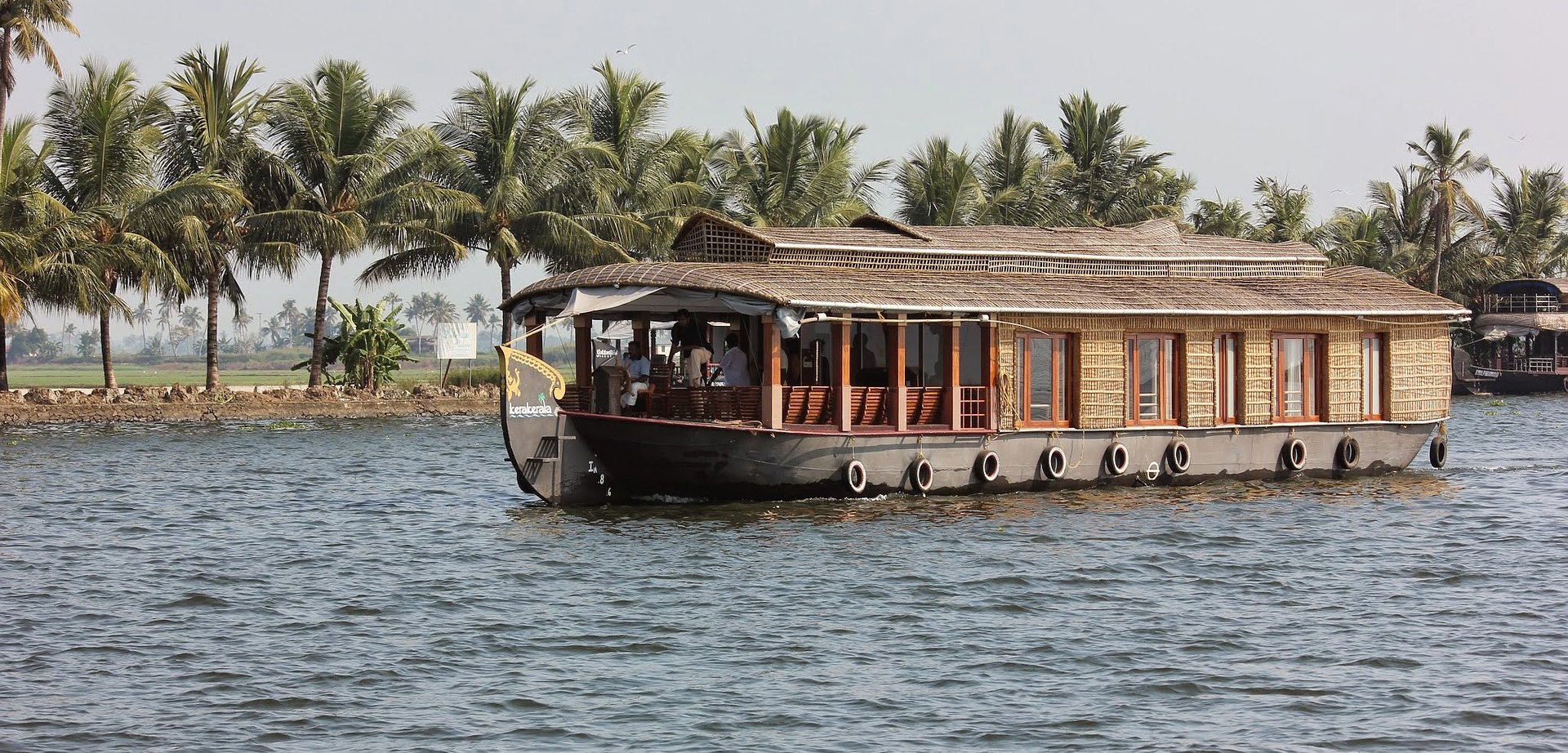
Kerala Backwaters
The backwaters in Kerala are a world of serenity and wonderment. This coastal region has a network of waterways, inlets from the sea, and estuaries of over forty rivers, lakes and natural canals connecting coastal towns. This interlinked body of turquoise blue waterways is known as the Kerala Backwaters. This pristine and serene state lies in the South-Eastern part of India. Over 550 miles of the Kerala backwaters are navigable and have been used for centuries by the local people for transportation. This area is known for its exotic wildlife, herbs, emerald green hill stations and the crystal-clear Arabian Seacoast.
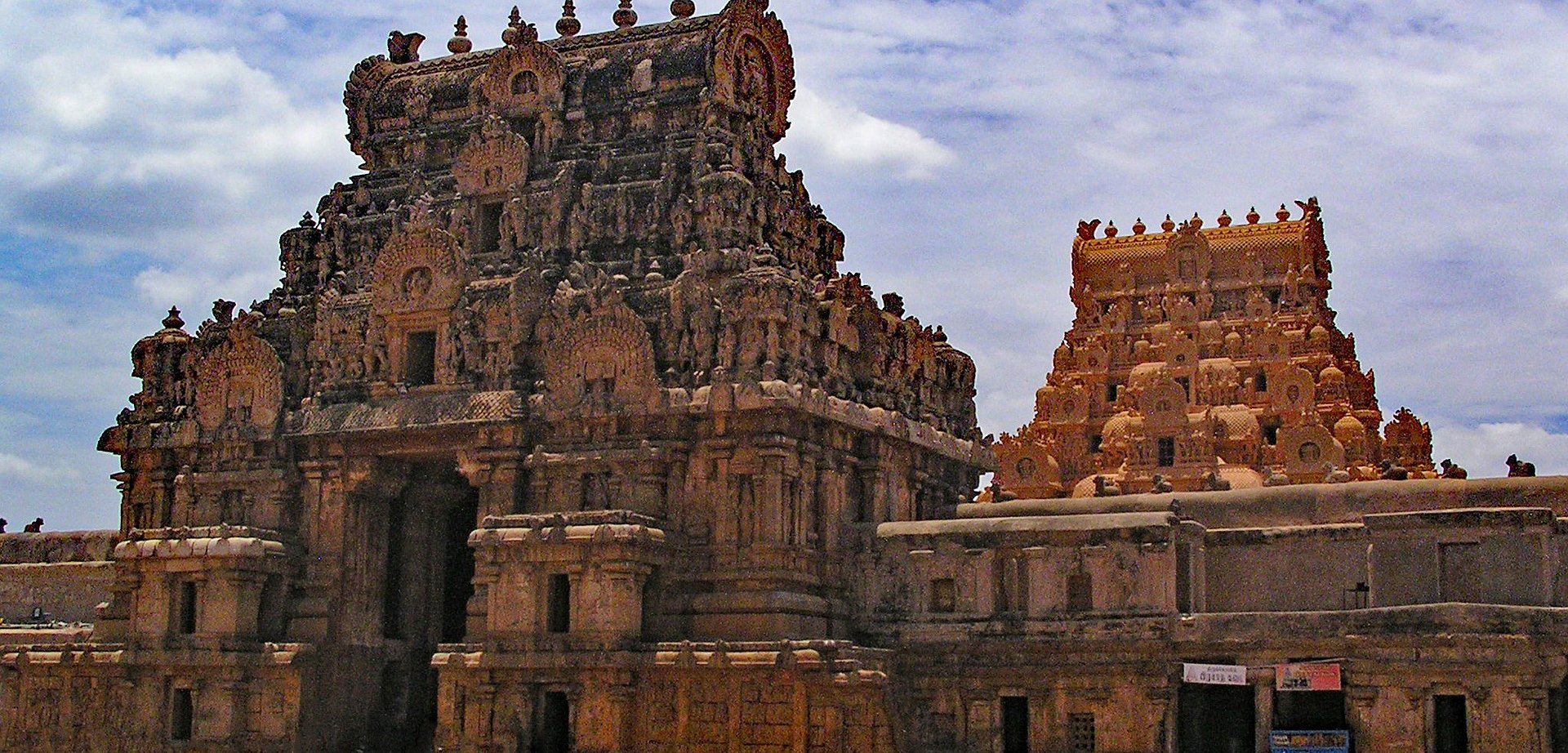
South India
South India is the area encompassing the Indian states of Andhra Pradesh, Karnataka, Kerala, Tamil Nadu, and Telangana as well as the union territories of Andaman and Nicobar, Lakshadweep and Puducherry. South India is known for its silks, spices and amazing cultural wealth. There are also influences from the British, Dutch, Portuguese and Chinese who came to this area for trading. In Kochi, visit the oldest European built church in India - St Francis Church, the Jewish Synagogue, the famed Mattancherry Palace and the Chinese fishing nets. The state of Tamil Nadu is well known for its many beautiful ancient temples. While in South India, enjoy its flavorful, spicy food. Several traditions have originated in South India: the traditional healing system of Ayurveda (the medicinal side of yoga), the classical dance of Bharatanatyam, and the very unusual and ancient form of dance-drama, the Kathakali.
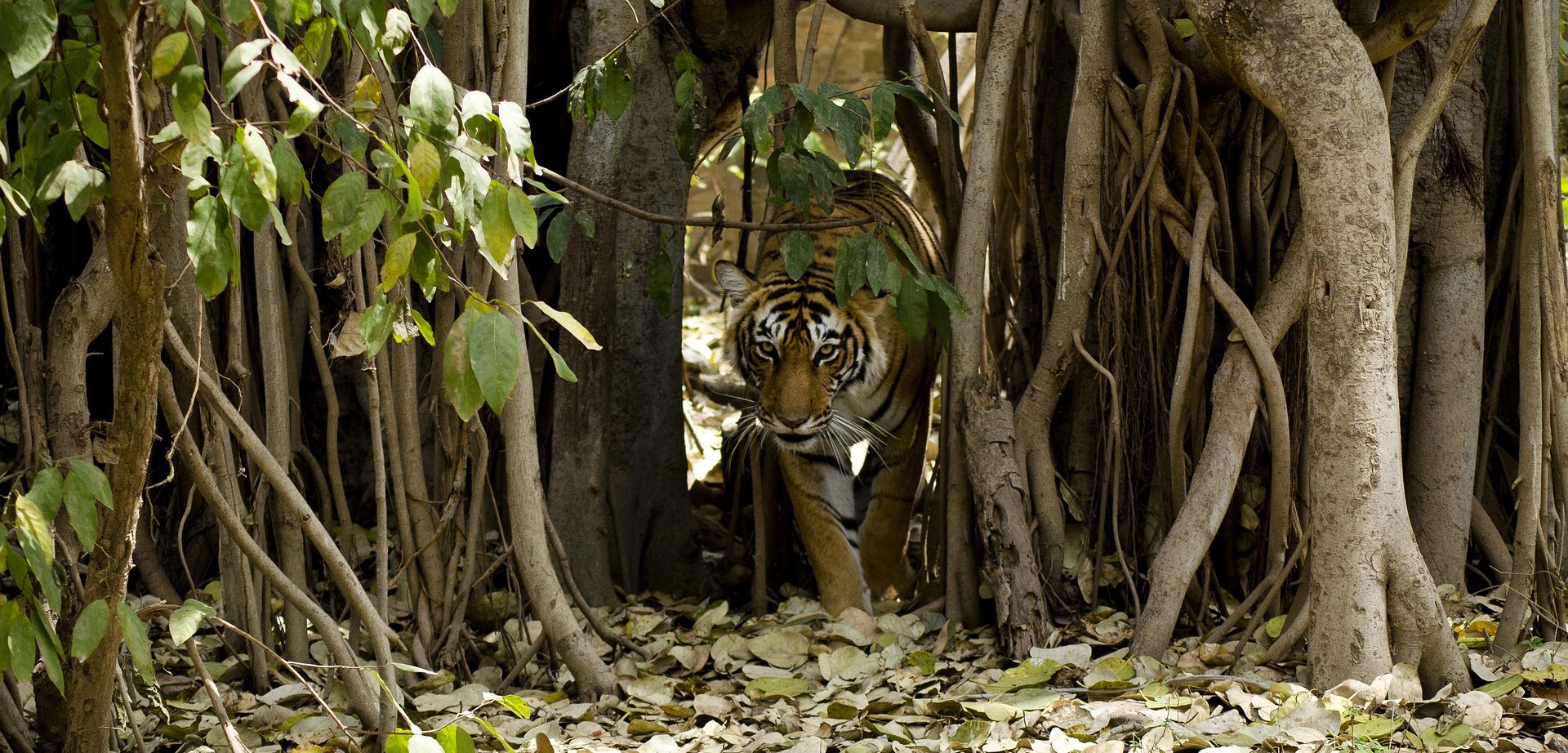
National Parks
One of the most popular wildlife destinations in the world, India is home to not just lions and tigers, but a plethora of other rare species of birds and animals.Ranthambhore National Park is one of the biggest and most renowned national parks in Northern India. It is also one of the few preserves where the nocturnal camera-shy tigers may be seen in daylight. Almost hunted to extinction by the local royalty and their British overlords, the population of Bengal tigers is slowly increasing, the result of the efforts of “Project Tiger” and the World Wildlife Fund. Keoladeo Bird Sanctuary in Bharatpur is home to over 350 species of birds. Walk along the beautiful trails in the sanctuary lined with Babul trees. Its goal it to protect migratory birds. Many species form Central Asia winter here.Bandhvgarh National Park has a large population of tigers, including the white tigers. Other species include Indian bison, leopards, sambar deer, barking deer, and the blue bull. Kanha National Park is the area Rudyard Kipling described in his Jungle Book. This park has over 22 species of mammals and 200 species of birds. The park gained recognition for saving the swamp deer.





